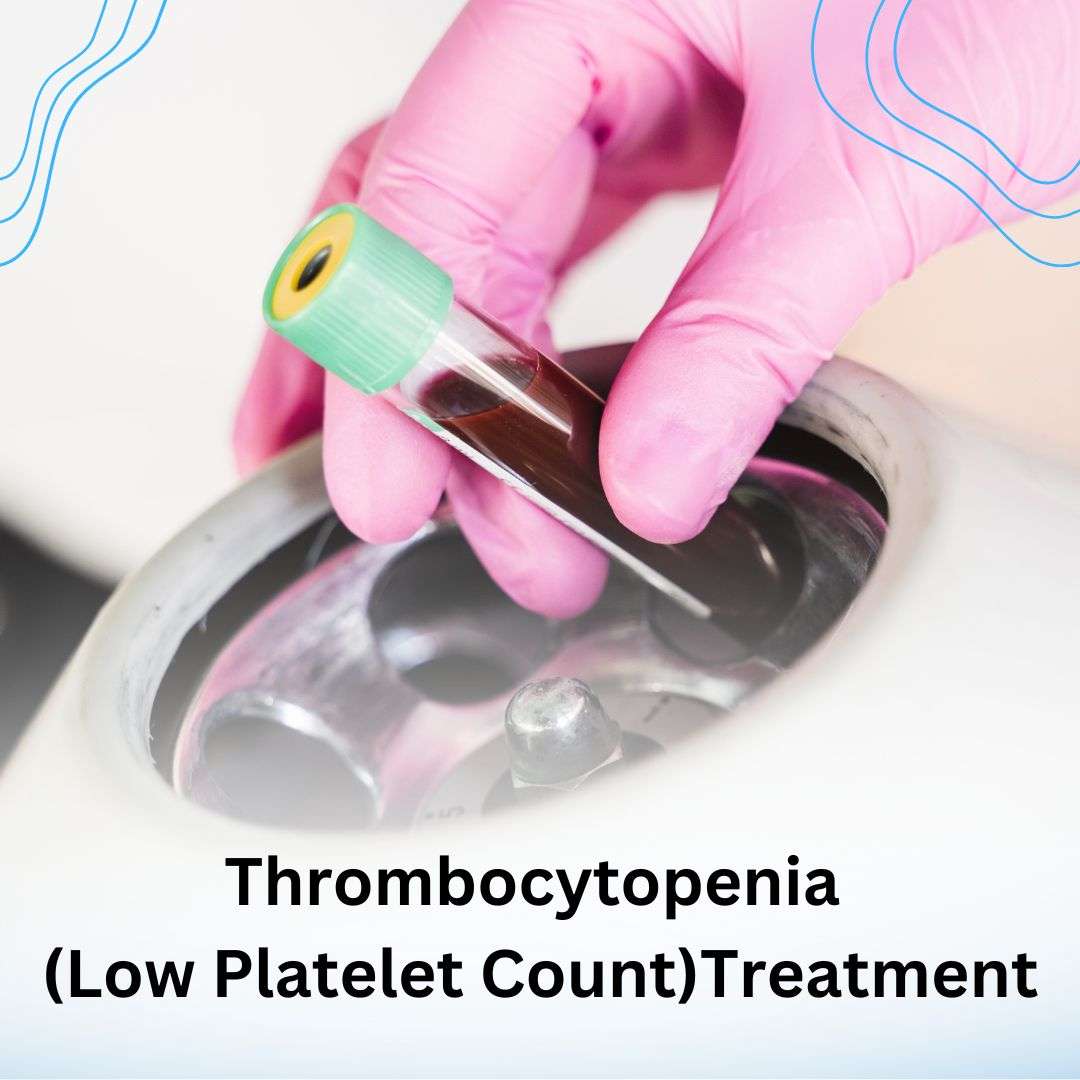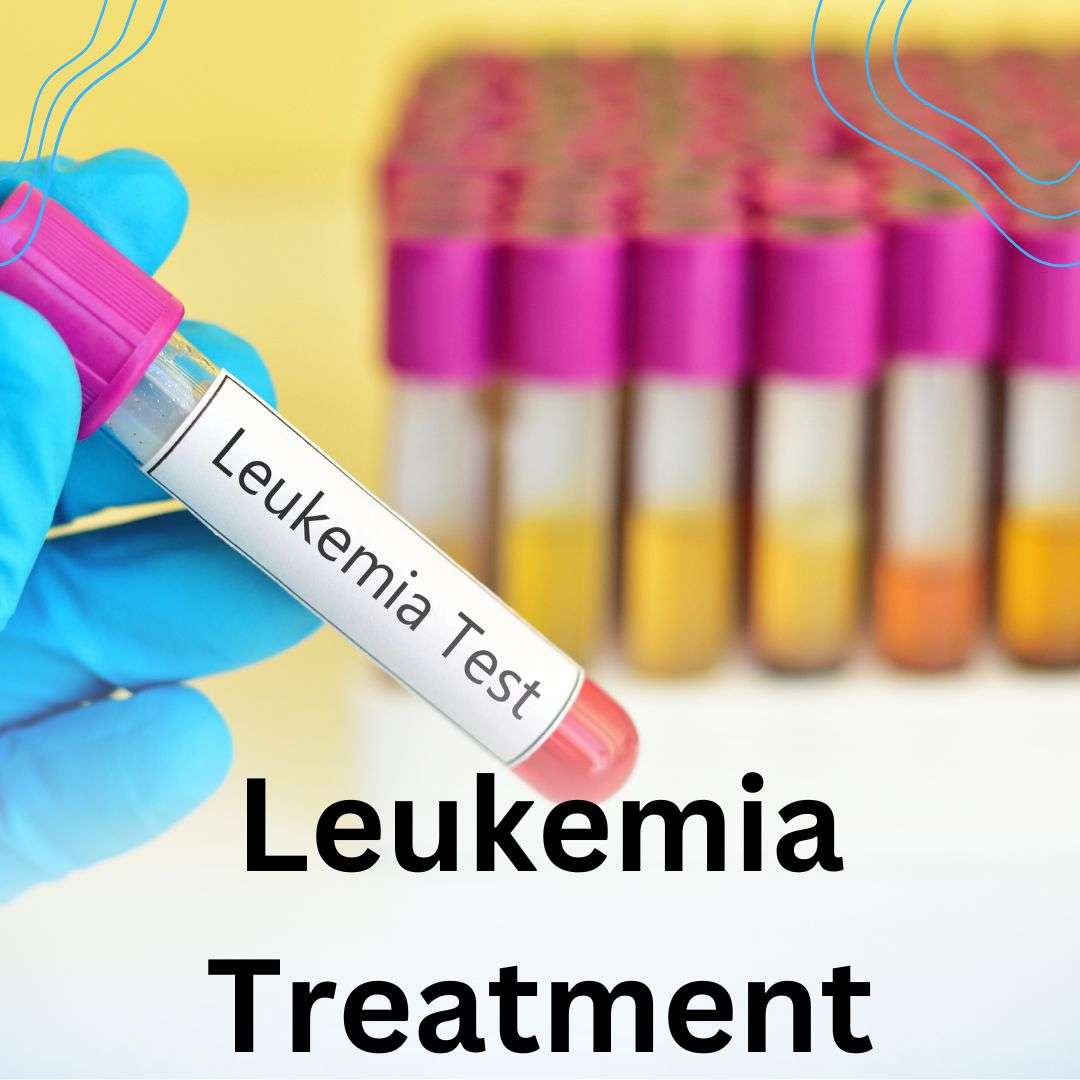Product Description
Thrombocytopenia (Low Platelet Count)
By Dr. Praveen M.P.
Thrombocytopenia, commonly referred to as a low platelet count, is a condition in which the platelet count in the blood falls below the normal range of 150,000–450,000 platelets per microliter. Platelets, also known as thrombocytes, play a crucial role in blood clotting and preventing excessive bleeding. When their levels are reduced, the risk of abnormal bleeding and bruising increases.
Causes
Thrombocytopenia can result from several factors, broadly categorized into three mechanisms: decreased production, increased destruction, or sequestration of platelets. Common causes include:
Decreased production: Bone marrow disorders, certain cancers (like leukemia), viral infections (such as hepatitis or HIV), and nutritional deficiencies (e.g., vitamin B12 or folic acid deficiency).
Increased destruction: Autoimmune diseases (e.g., immune thrombocytopenic purpura), infections, certain medications (like heparin), or hypersplenism.
Sequestration: Conditions like an enlarged spleen can trap platelets, reducing their circulation in the bloodstream.
Symptoms
Symptoms may vary depending on the severity but often include:
Easy bruising (purpura)
Prolonged bleeding from cuts
Petechiae (small, pinpoint red spots on the skin)
Nosebleeds or gum bleeding
Heavy menstrual bleeding in women
Fatigue in severe cases due to internal bleeding
Diagnosis
Thrombocytopenia is diagnosed through a complete blood count (CBC) test. Additional investigations like bone marrow examination, imaging studies, and specific tests for underlying conditions may be required.
Treatment
Treatment depends on the underlying cause and severity. Mild cases may not require treatment, while severe thrombocytopenia might involve:
Medications: Corticosteroids, immunoglobulins, or drugs to stimulate platelet production.
Blood or platelet transfusions in emergency cases.
Treating the underlying cause (e.g., antibiotics for infections, cessation of causative drugs).
Prevention and Management
Managing underlying conditions, avoiding medications that affect platelet function, and maintaining a healthy lifestyle can help reduce risks. Patients should consult a healthcare provider for appropriate diagnosis and personalized care.
Terms & conditions
Tags
#Thrombocytopenia specialist in Bangalore
#Low platelet count treatment in Bangalore
#Causes of thrombocytopenia in Bangalore
#Symptoms of low platelet count in Bangalore
#Thrombocytopenia doctor in Bangalore
#Thrombocytopenia clinic in Koramangala
#Low platelet count specialist in Jayanagar
#Thrombocytopenia doctor in Indiranagar
#Thrombocytopenia treatment in Whitefield
#Platelet count doctor in HSR Layout
#Thrombocytopenia symptoms clinic in Hebbal
#Low platelet count clinic in Basavanagudi
#Blood specialist in Malleshwaram for thrombocytopenia
#Thrombocytopenia in Rajajinagar
#Platelet treatment in Vijayanagar
#What is thrombocytopenia Bangalore
#Causes of low platelet count in Bangalore clinics
#Platelet count doctor near me Bangalore
#Best doctor for thrombocytopenia in Bangalore
#Blood disorder specialist in Bangalore
#Blood test for platelet count in Yelahanka
#Thrombocytopenia care in BTM Layout
#Low platelet count symptoms doctor in Electronic City
#Platelet count specialist near Sarjapur Road
#Best thrombocytopenia clinic in Banashankari
#Thrombocytopenia diagnosis in Marathahalli
#Platelet disorders treatment in Kengeri
#Thrombocytopenia doctor near KR Puram
#Platelet transfusion in Bangalore near Nagarbhavi
#Hematologist for low platelets in JP Nagar
#Thrombocytopenia medications Bangalore
#Platelet transfusion specialist in Bangalore
#Low platelet count treatment Whitefield hospitals
#Immune thrombocytopenia treatment Bangalore
#Bone marrow test for low platelets in Bangalore
#Symptoms of low platelets explained in Bangalore
#Thrombocytopenia health tips in Bangalore
#Vitamin deficiency and low platelets in Bangalore
#Doctors for blood disorders in Bangalore
#Affordable thrombocytopenia tests in Bangalore
#Top thrombocytopenia doctors in Bangalore
#Hospitals for thrombocytopenia in Bangalore
#Best hematology clinics in Bangalore
#Low platelet count specialists Koramangala
#Low platelet clinics in JP Nagar
#Platelet disorders in HRBR Layout
#Low platelet count remedies in Frazer Town
#Blood disorder expert in Richmond Town
#Platelet specialist near Ulsoor
#Thrombocytopenia hospital in Domlur
#Emergency thrombocytopenia care in Bangalore
#24/7 platelet transfusion in Bangalore
#Urgent care for low platelets Bangalore
#Thrombocytopenia helpline in Bangalore
#Specialist clinics for blood disorders in Bangalore
#Thrombocytopenia awareness Bangalore
#Manage low platelets naturally Bangalore
#Dietary advice for thrombocytopenia Bangalore
#Thrombocytopenia prevention Bangalore tips
#Natural remedies for low platelets Bangalore
#Thrombocytopenia in Bellandur
#Platelet count in Hennur Road
#Low platelet hospitals in Peenya
#Doctors for thrombocytopenia near Yeshwanthpur
#Best thrombocytopenia care in RT Nagar
#Clinics for low platelets near Majestic
#Thrombocytopenia diagnosis at Richmond Circle
#Blood specialist near Silk Board for platelets
#Platelet disorders specialist in Bommanahalli
#Thrombocytopenia checkup in Cox Town
#Thrombocytopenia treatment cost in Bangalore
#How to increase platelets in Bangalore
#Best hematologist for thrombocytopenia Bangalore
#Thrombocytopenia symptoms in Bangalore patients
#Advanced treatment for low platelets Bangalore
#Hematologist near Bellandur for low platelets
#Blood platelet issues in Sadashivanagar
#Platelet transfusion near Bommasandra
#Best low platelet specialist in Kanakapura
#Thrombocytopenia clinic in Hosur Road
#Bone marrow disorders Bangalore
#Hematology tests in Bangalore
#Best doctor for bleeding disorders Bangalore
#Thrombocytopenia FAQs in Bangalore
#Where to treat low platelets in Bangalore
#Blood clinics in Mahadevapura for thrombocytopenia
#Thrombocytopenia specialists in Cox Town
#Platelet transfusion near MG Road
#Treatment for bleeding disorders Bangalore
#Best hospitals for low platelets near Banaswadi
#Immune-related platelet disorders Bangalore
#Platelet disorders specialist Indiranagar
#Clinics for thrombocytopenia near Domlur
#Affordable platelet testing Bangalore
#Thrombocytopenia reviews Bangalore
#Platelet count tests in Yeshwanthpur
#Natural platelet boost clinics in JP Nagar
#Emergency platelet care Whitefield
#Platelet production issues doctor Bangalore





